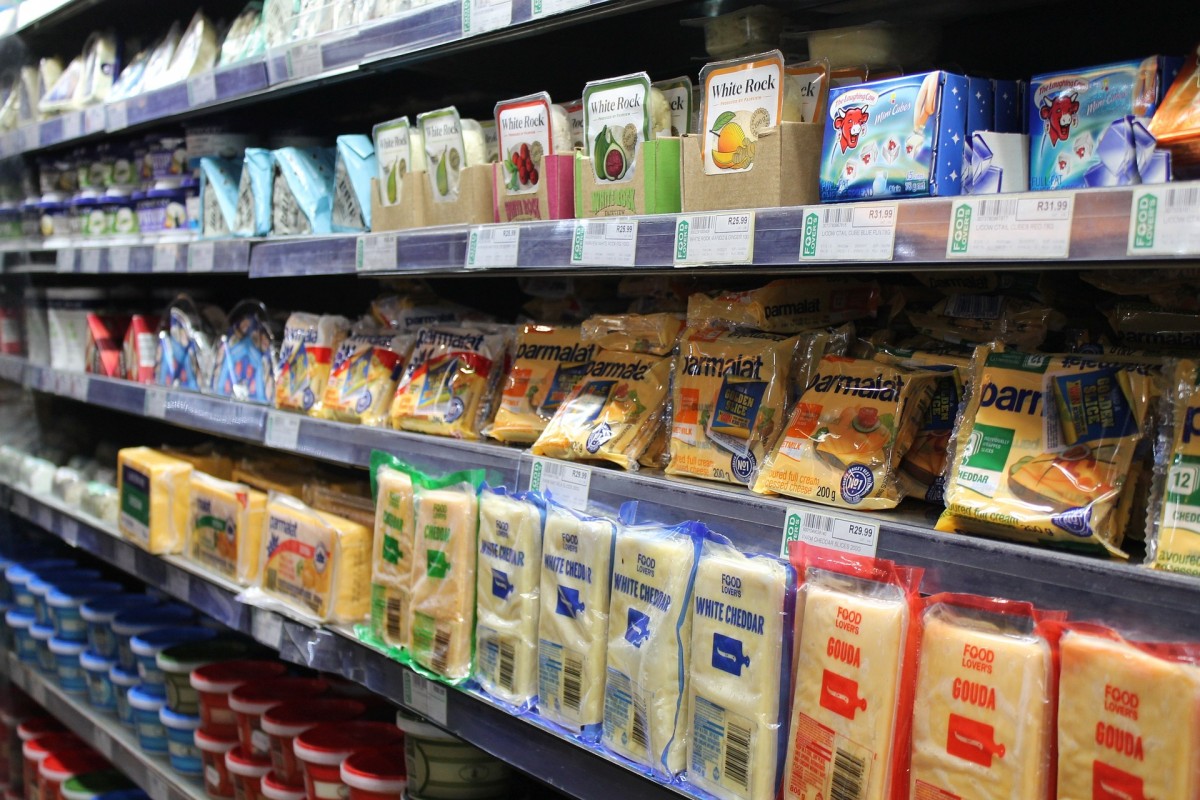Food additive nanoparticles could negatively affect your gut health

Common food additives known as metal oxide nanoparticles may have negative effects on your gut health, according to new research from Binghamton University, State University of New York and Cornell University.
Gretchen Mahler, professor of biomedical engineering and interim vice provost and dean of the Graduate School, worked in collaboration with Cornell researchers to study five of these nanoparticles. Their findings were recently published in the Journal of Antioxidants.
“They’re all actual food additives,” said Mahler. “Titanium dioxide tends to show up as a whitening and brightening agent. Silicon dioxide tends to be added to foods to prevent it from clumping. Iron oxide tends to be added to meats, for example, to keep that red color. And zinc oxide can be used as a preservative because it’s antimicrobial.”
In order to test these nanoparticles, Mahler and Elad Tako, senior author and associate professor of food science in the College of Agriculture and Life Sciences at Cornell, used the intestinal tract of chickens. A chicken’s intestinal tract is comparable to a human’s; the microbiota that they have and the bacterial components have a lot of overlap with the microbiota that you see in the human digestive system, said Mahler.
“We’ve been testing a series of nanomaterials here at Binghamton, and we’ve been looking at things like nutrient absorption, enzyme expression and some of the more subtle, functional markers,” said Mahler.
The doses of nanoparticles that were tested reflect what is typically consumed by humans. The nanoparticles were injected into the amniotic sac of broiler chicken eggs, which are specifically bred and raised for their meat. These chickens get larger faster, so the effects of the nanoparticles are more obvious earlier in development. The amniotic sac at a certain stage of development flows through the chicken intestine.
“When they hatched, we harvested tissue from the small intestine, the microbiota and the liver,” said Mahler. “We looked at gene expression, microbiota composition and the structure of the small intestine.”
The researchers found more negative effects with silicone dioxide and titanium dioxide. They also found that the nanoparticles had affected the functioning of the chicken’s intestinal lining (called the brush border membrane), the balance of bacteria in their intestinal tract and the chickens’ ability to absorb minerals.
The other nanoparticles had more neutral, or even positive, effects. Zinc oxide appeared to support intestinal development or compensatory mechanisms due to intestinal damage. Iron oxide could potentially be used for iron fortification, but with potential alterations in intestinal functionality and health.
Mahler doesn’t want to suggest that these nanoparticles need to be removed from our diets completely. Their research is meant to provide some information, and allow people to have a better understanding of what’s really in the food they consume.
“We’re eating these things, so it’s important to consider what some of the more subtle effects could be,” said Mahler. “We develop these gut models around this problem to try to understand it, and this collaboration, where we have these complementary methods to try to look at the problem, has been successful.”
